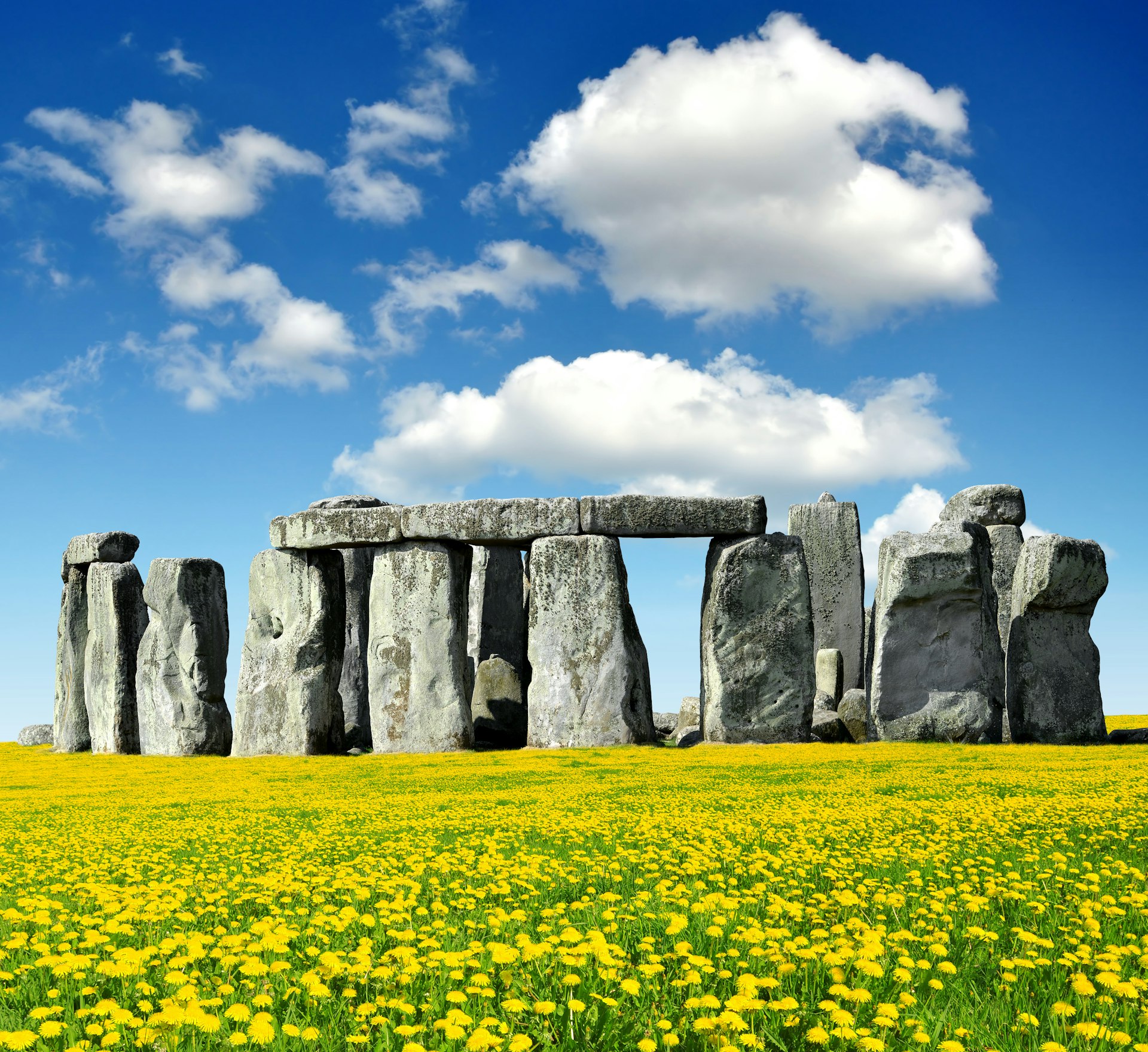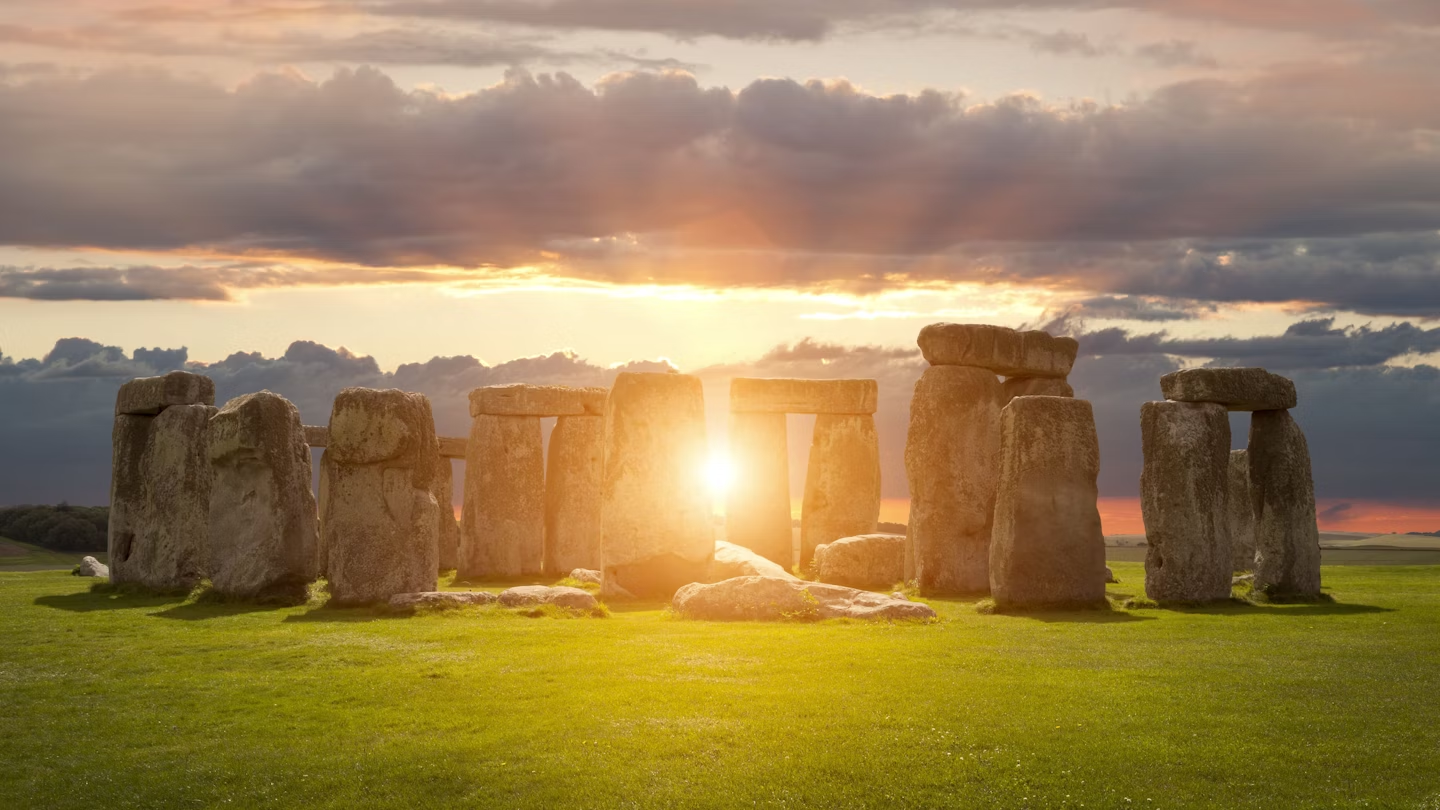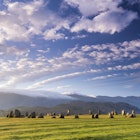The mystery of where the giant sarsen stones at the ancient, mystical site of Stonehenge in England came from has been solved. The 15 giant upright sarsens that form the central horseshoe, known as megaliths, typically weigh 20 tonnes and stand up to seven meters tall.
Stonehenge is one of Britain's great archaeological mysteries, because no one knows for sure what drove prehistoric Britons to expend so much time and effort on its construction. The first phase of building started around 3000 BC, when the outer circular bank and ditch were erected. According to English Heritage, which looks after the site and contributed to the study, researchers have discovered that the sarsen stones' most likely origin is in West Woods, a woodland area 15 miles away from Stonehenge.

A missing piece of Stonehenge returned after 60 years helped to solve the mystery of the sarcens' origin. During a restoration program at Stonehenge in 1958, three sarsen stones that fell in 1797 were re-erected. There were longitudinal fractures in one stone, so three horizontal holes were drilled through the stone and metal ties were inserted into these holes. The drill cores from the stone were assumed to be lost, but Robert Phillips, a former excavations employee, returned one core in 2018, which provided researchers with a unique opportunity to analyse its interior.
Testing on the stones and the cores showed that most shared a similar chemistry and came from the same area. The best match to this chemistry is West Woods, a forested area popular for its cycling and walking trails located around 15 miles north of the stone circle site. However, there are two stones that appear to have come from different source areas from the other Stonehenge sarsens.

"To be able to pinpoint the area that Stonehenge’s builders used to source their materials around 2500 BC is a real thrill," says Susan Greane, English Heritage senior properties historian. "Now we can start to understand the route they might have travelled and add another piece to the puzzle. We can now say, when sourcing the sarsens, the over-riding objective was size – they wanted the biggest, most substantial stones they could find and it made sense to get them from as nearby as possible. Yet again this evidence highlights just how carefully considered and deliberate the building of this phase of Stonehenge was."
You can read the full scientific report in Science Advances here.
Lockdowns are easing globally as the planet adjusts to a new normal. Find out how COVID-19 is changing travel.
You might also like:
Remote volunteers discover archaeological sites galore in lockdown
Archaeologists uncover 7000-year-old Aboriginal artefacts underwater











